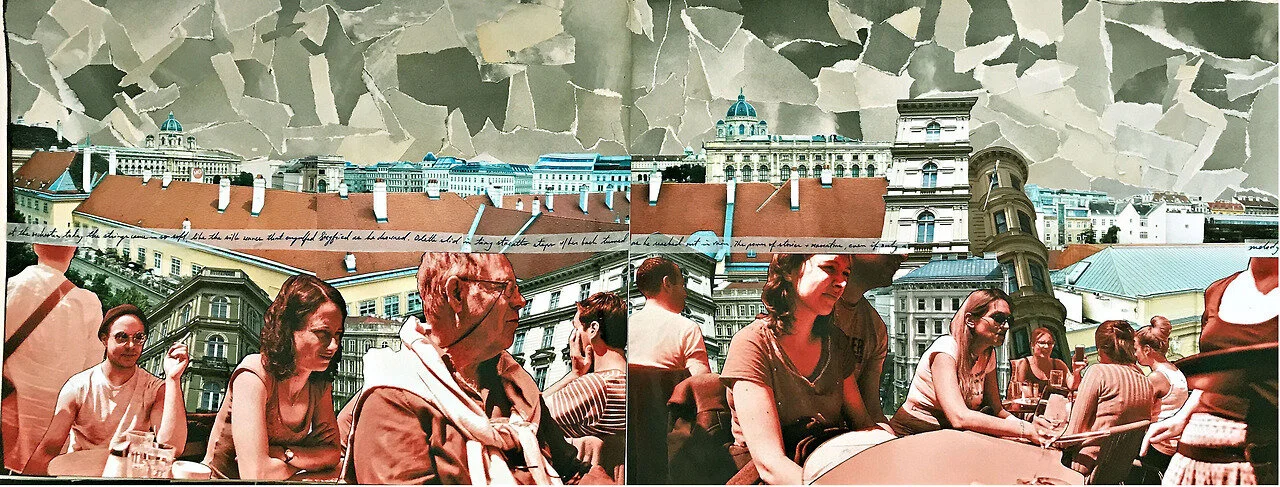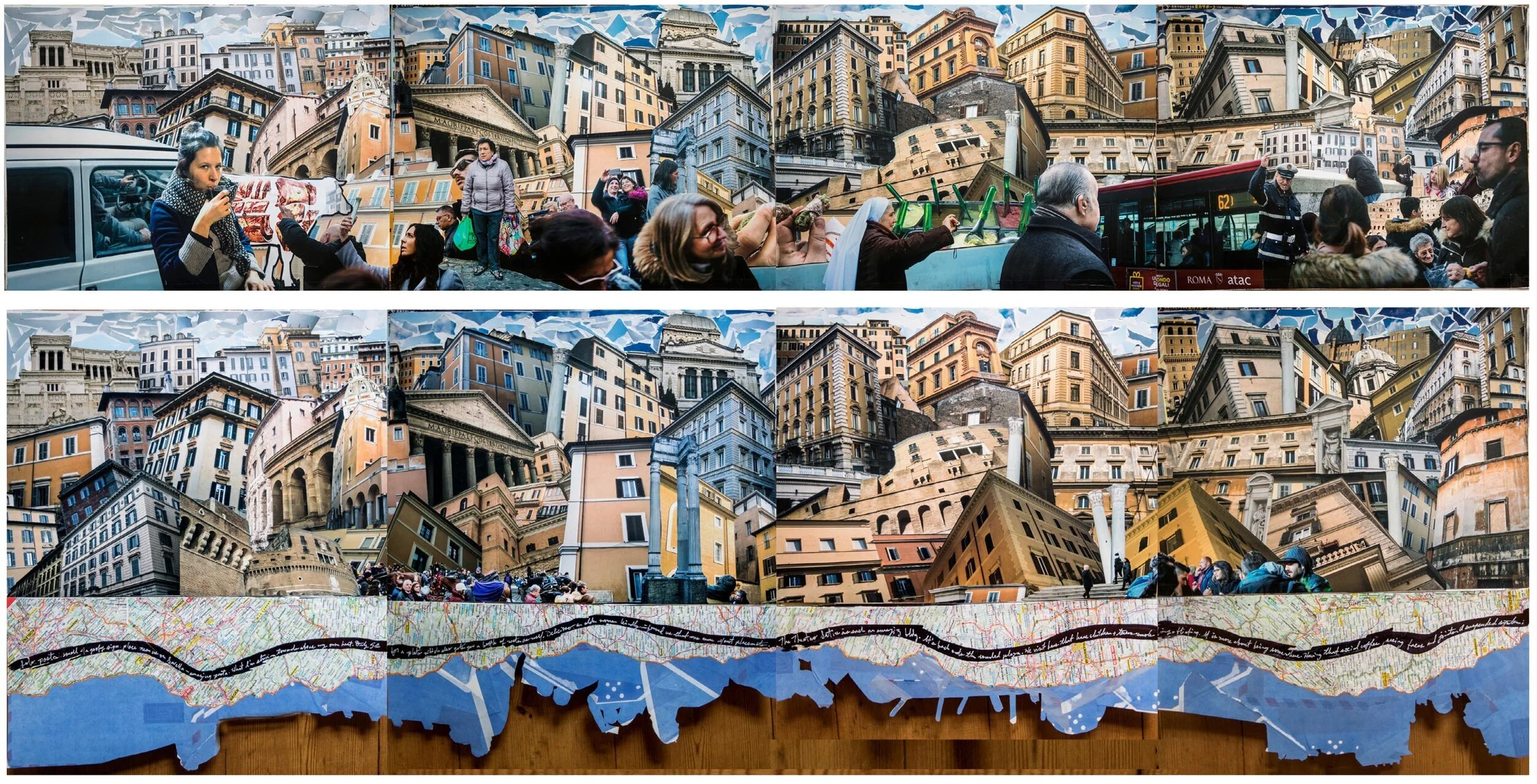ANW
RECENT WORK EXAMPLES #2 & #3 | Arts North West ‘In the Museum’ Grant Application
#2 PHOTO-COLLAGE
Ongoing collage and photography series on place attachment.#3 THE LAUSITZ
‘Der Herrgott hat die Lausitz erschaffen und der Teufel hat die Kohle darunter’ (The Lord created the Lausitz and the Devil put the coal under it.) - East German saying.
The Lusatia (Lausitz) region which is found in the German federal states of Brandenburg and Saxony Germany is located within border of former East Germany (GDR). Brown coal (lignite) mining in the area significantly contributed to Germany leading the world in lignite production towards the end of the 20th century, yet a steady decline in production since reunification compounded by changing political attitudes to open-strip mining have dramatically affected the socio-economic landscape of the region. Exiting from coal production in Germany, in line with the current government strategy, has been opposed by the growing right wing political party Alternative for Germany (AfD), that supports an argument that renewables will not fill the gap after coal mining ceases.
From tourism initiatives including reclaiming strip mines for water recreation areas to the new settlements of towns absorbed by the mine, the photo and video documentation aims to represent local interactions with the landscape and material structures tethered to historic and current mining operations.





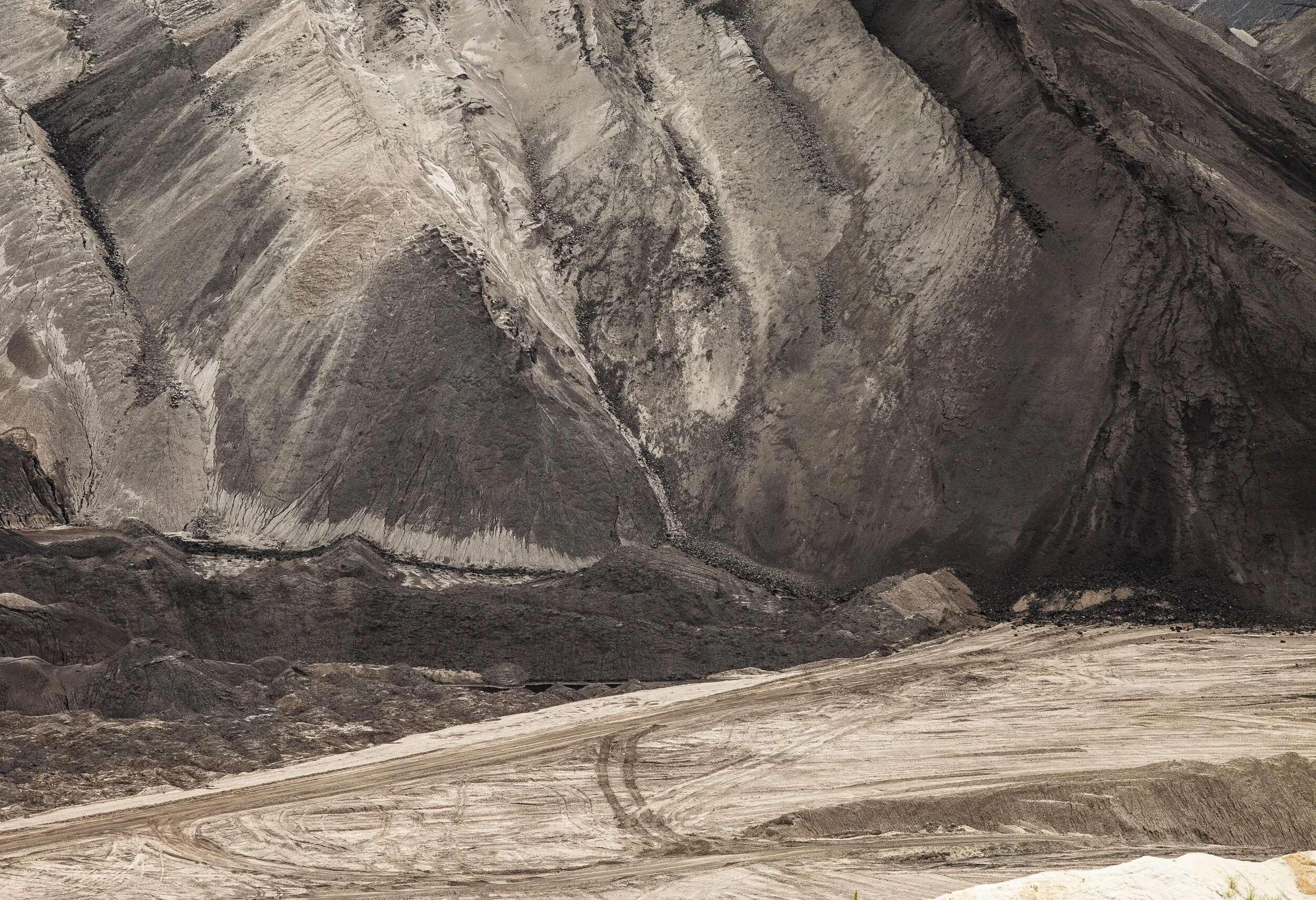



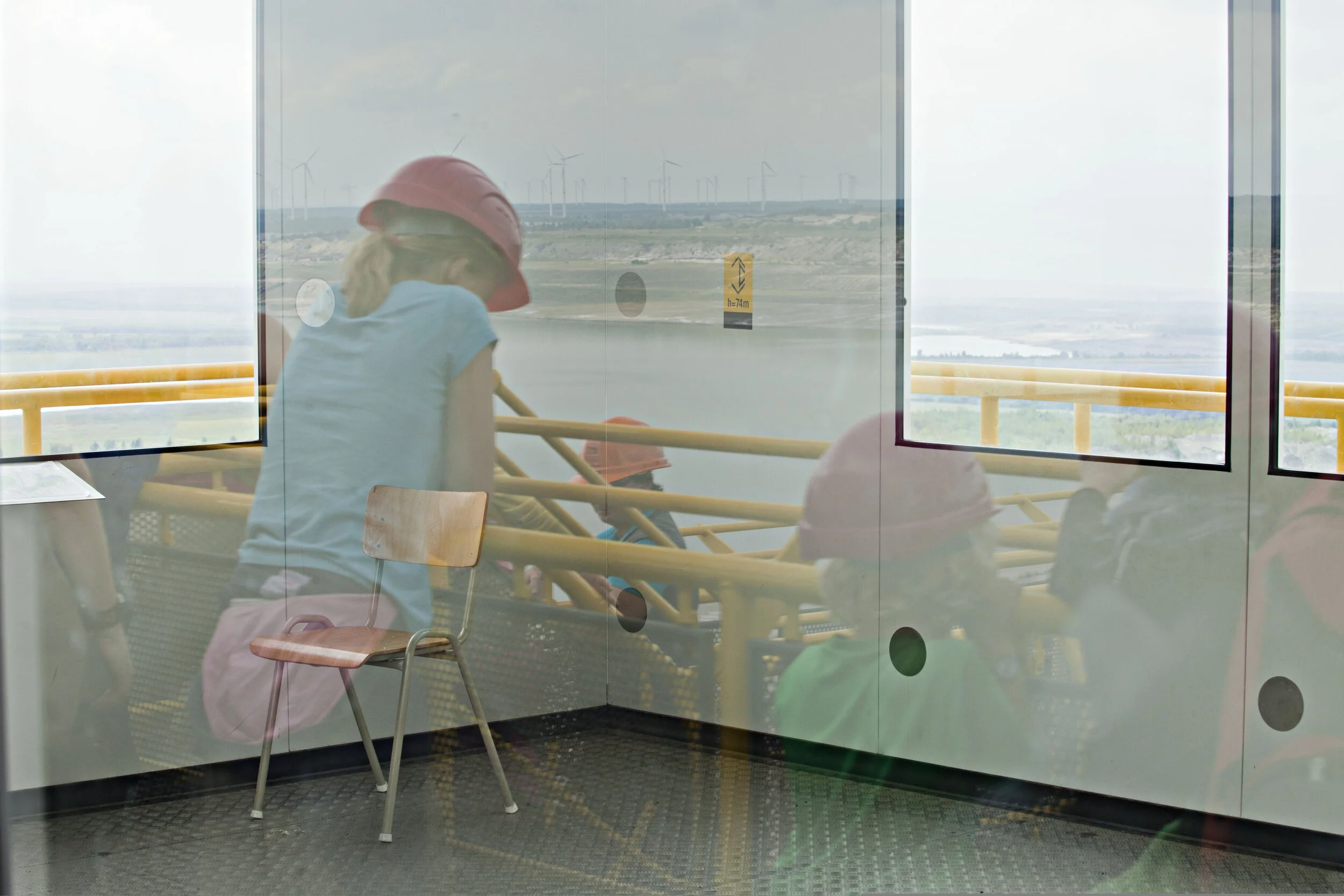
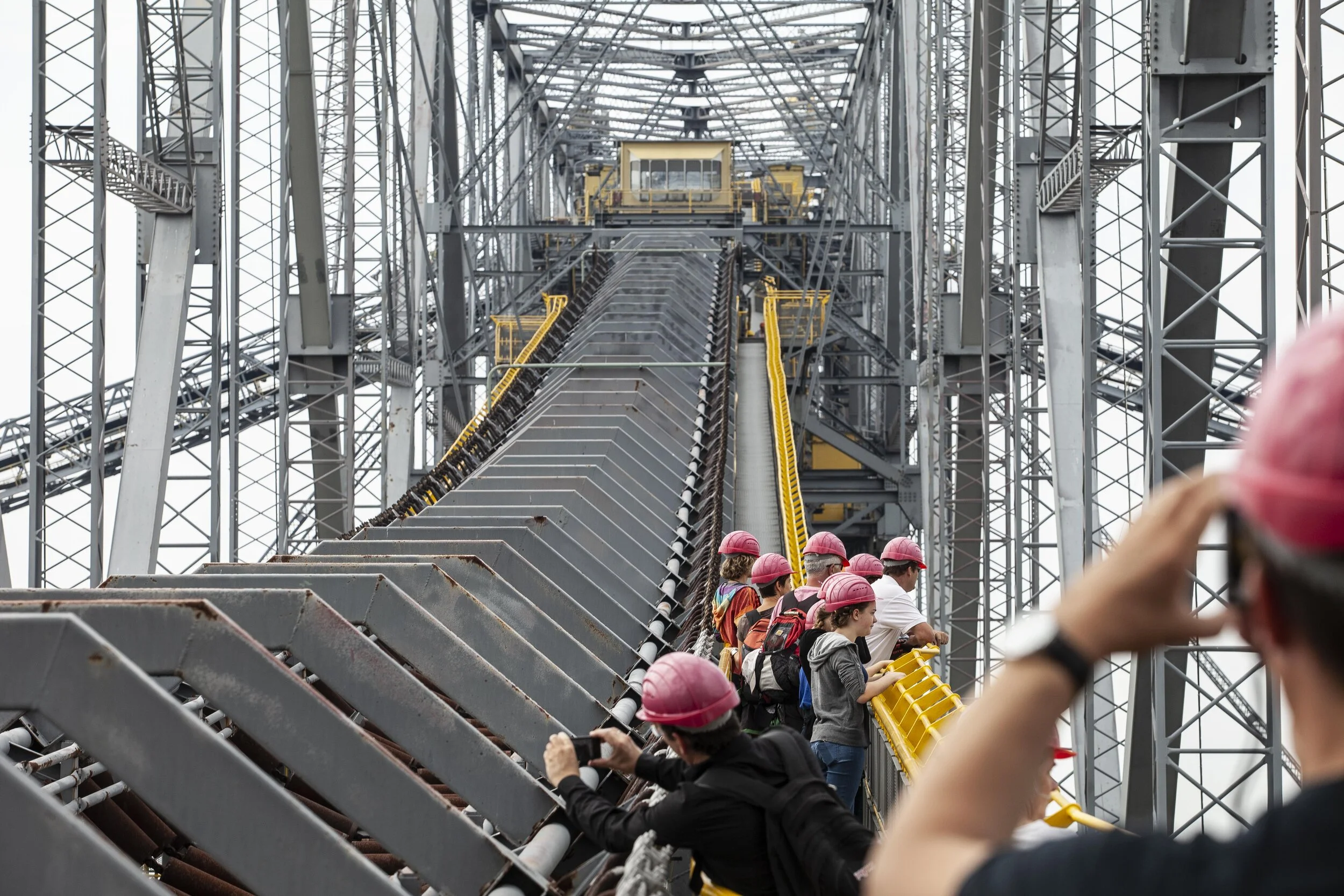



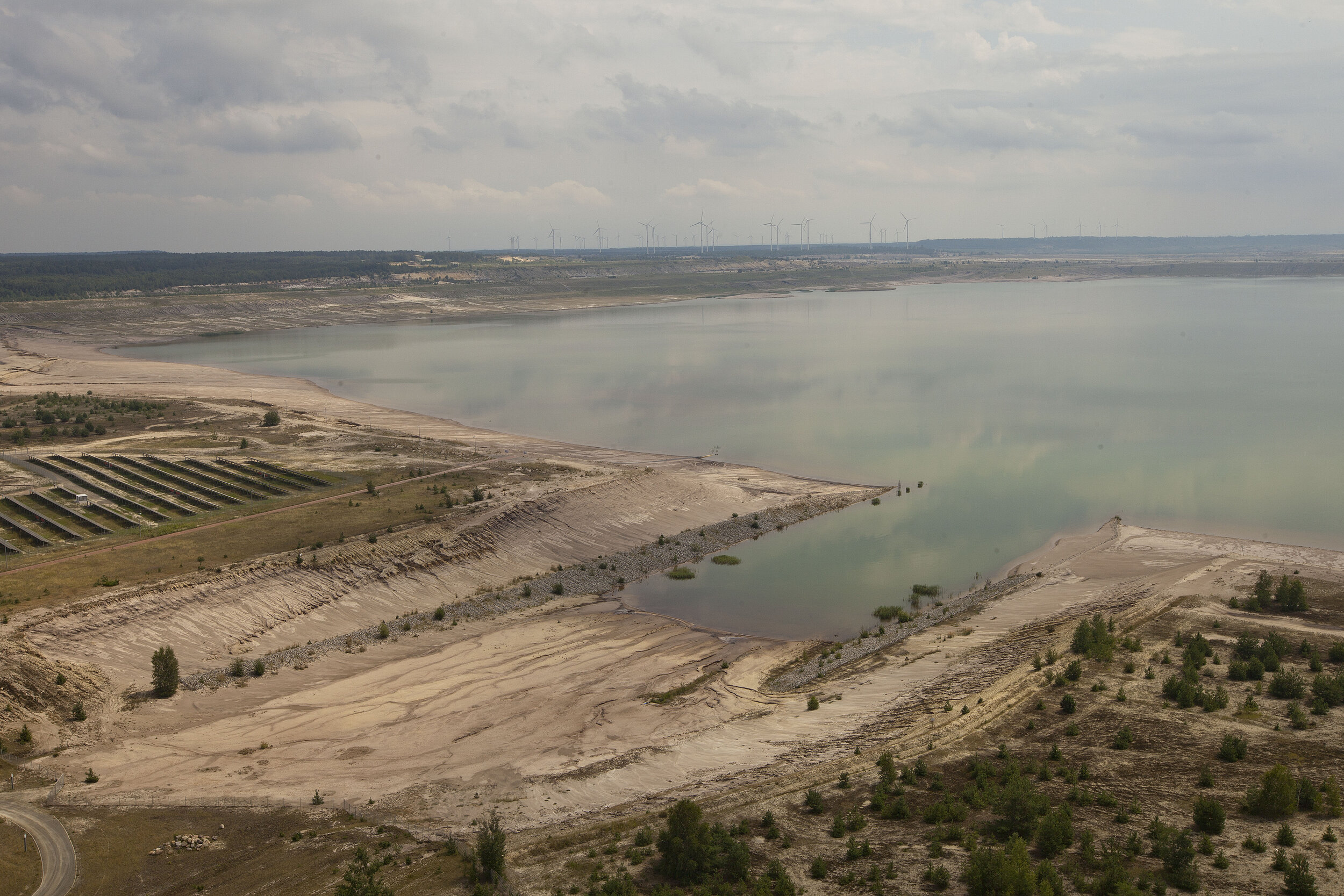

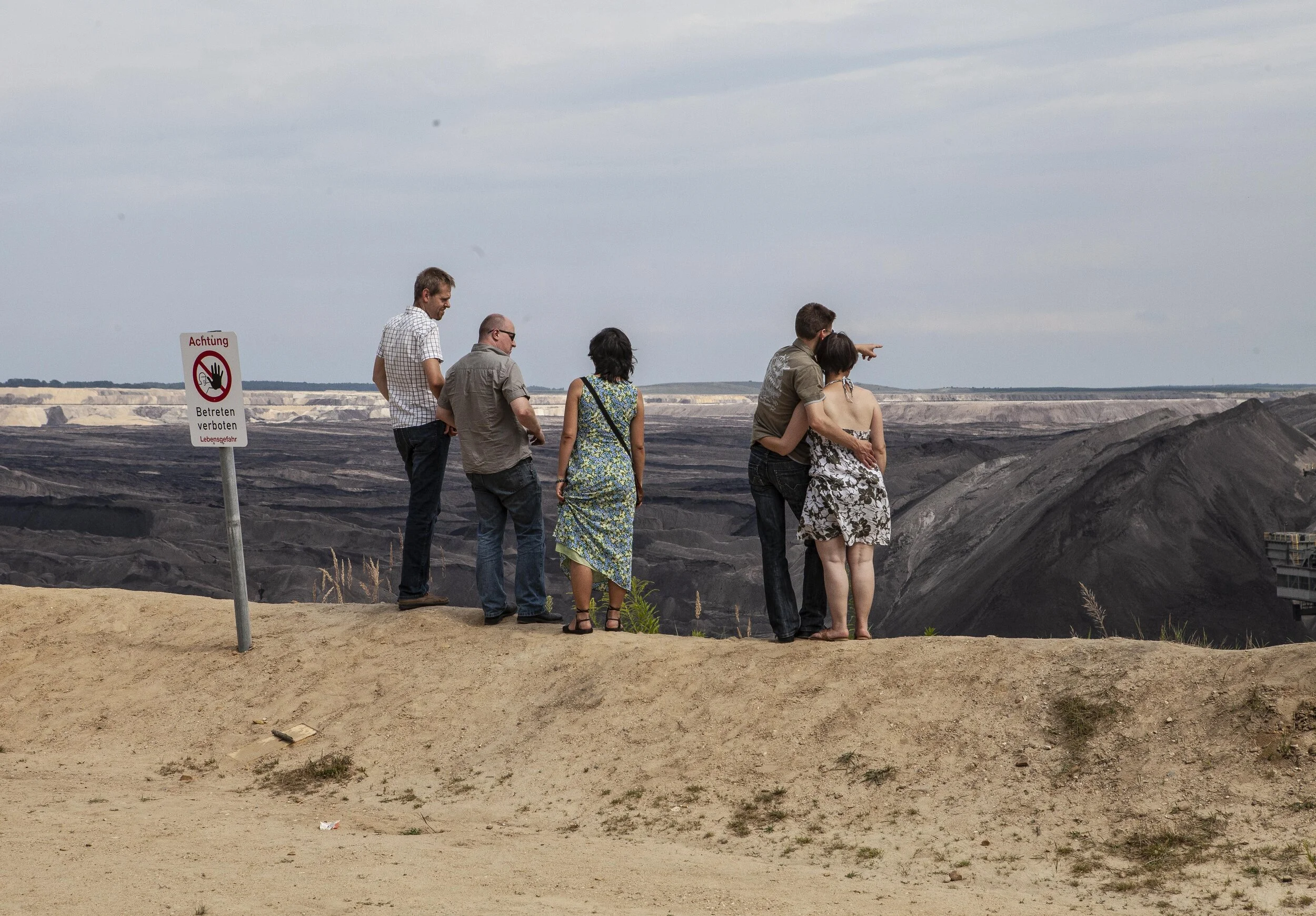

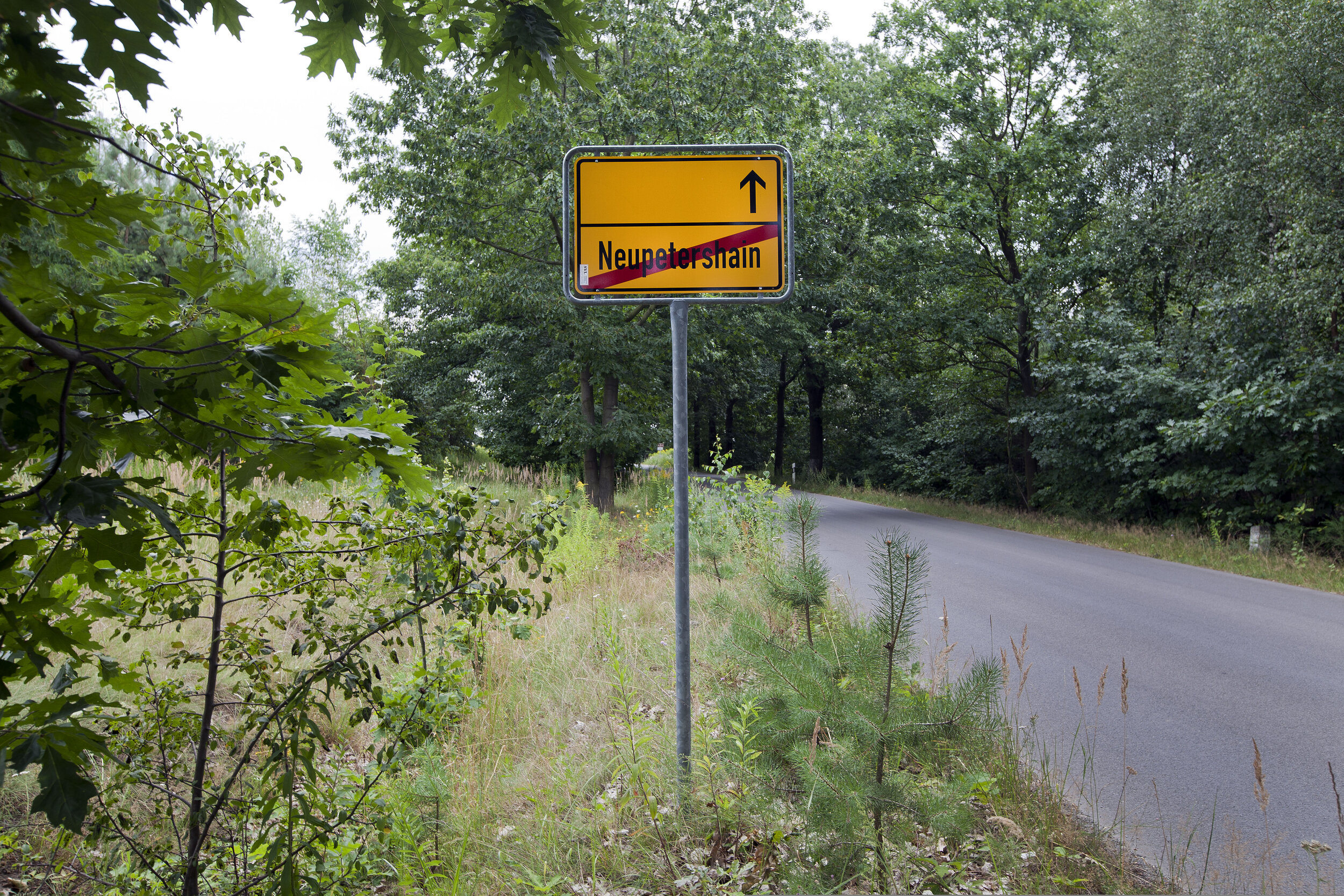






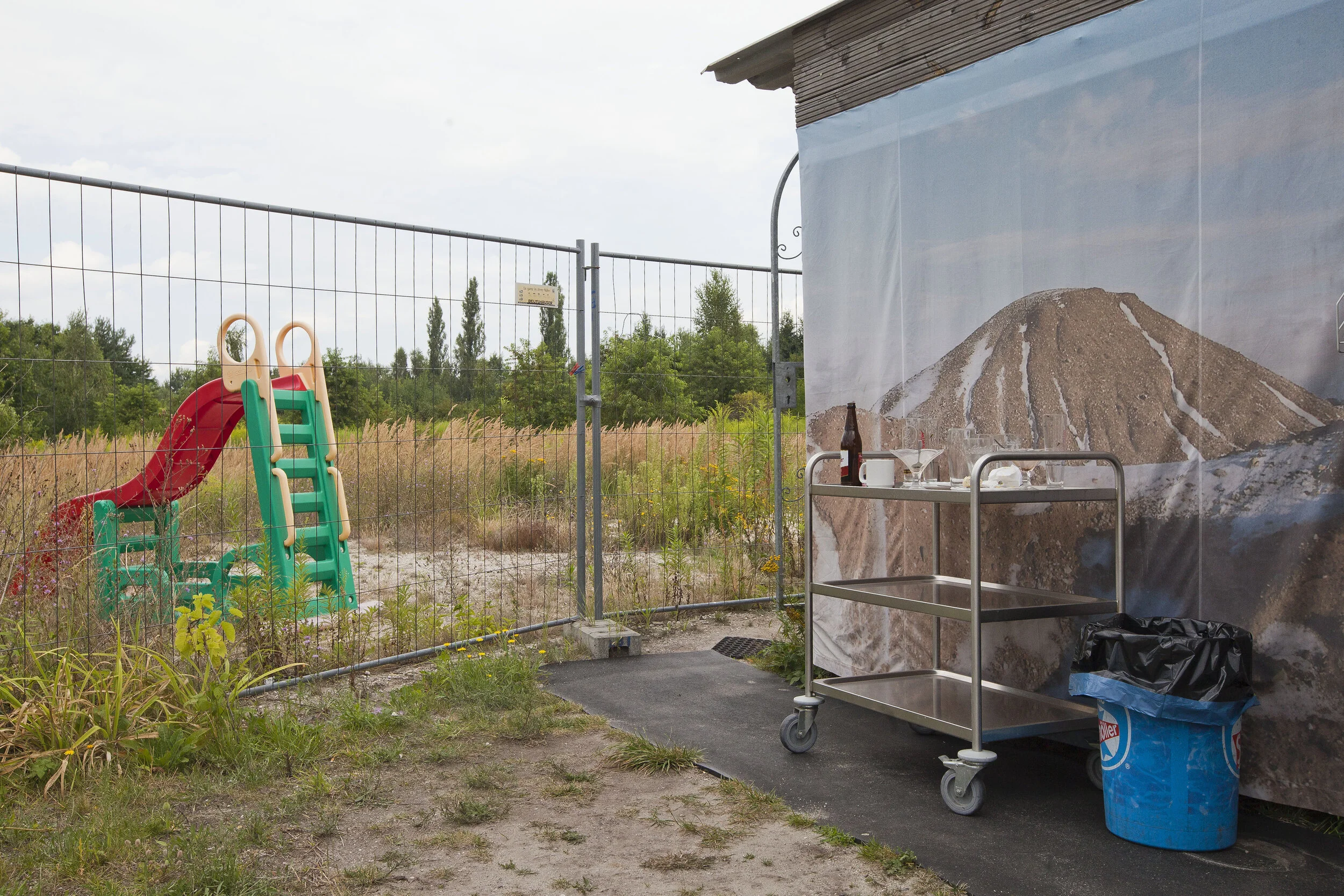


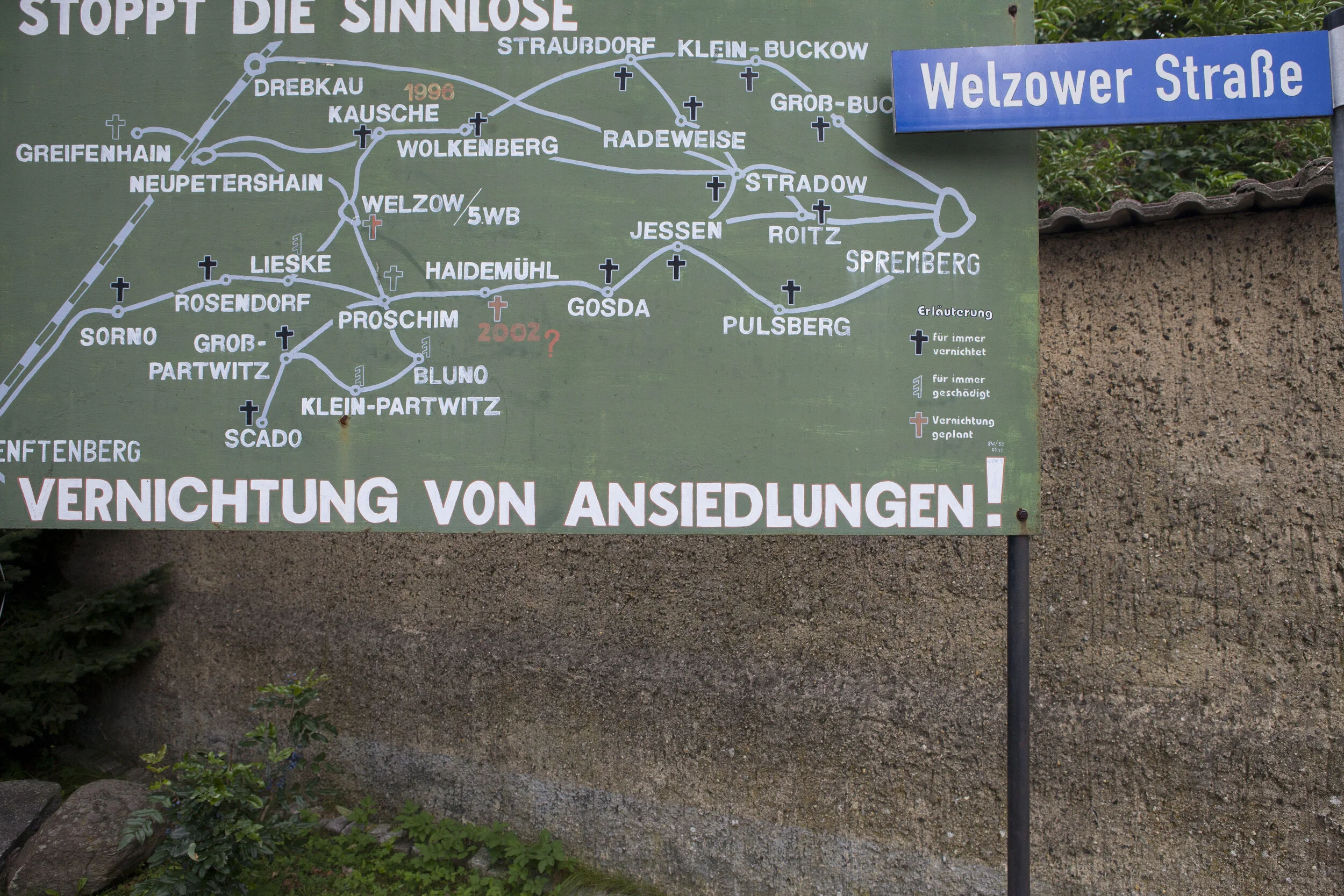




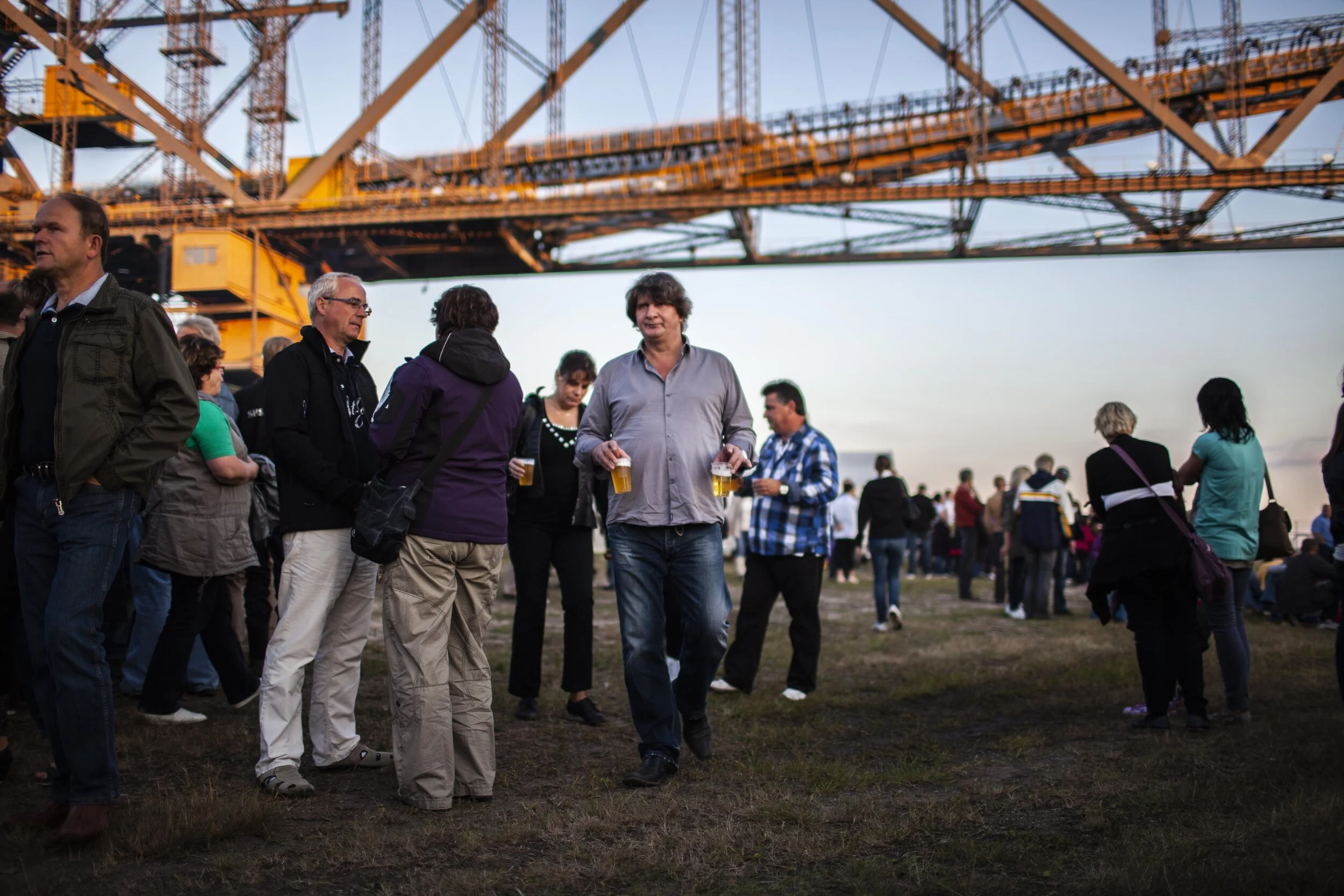
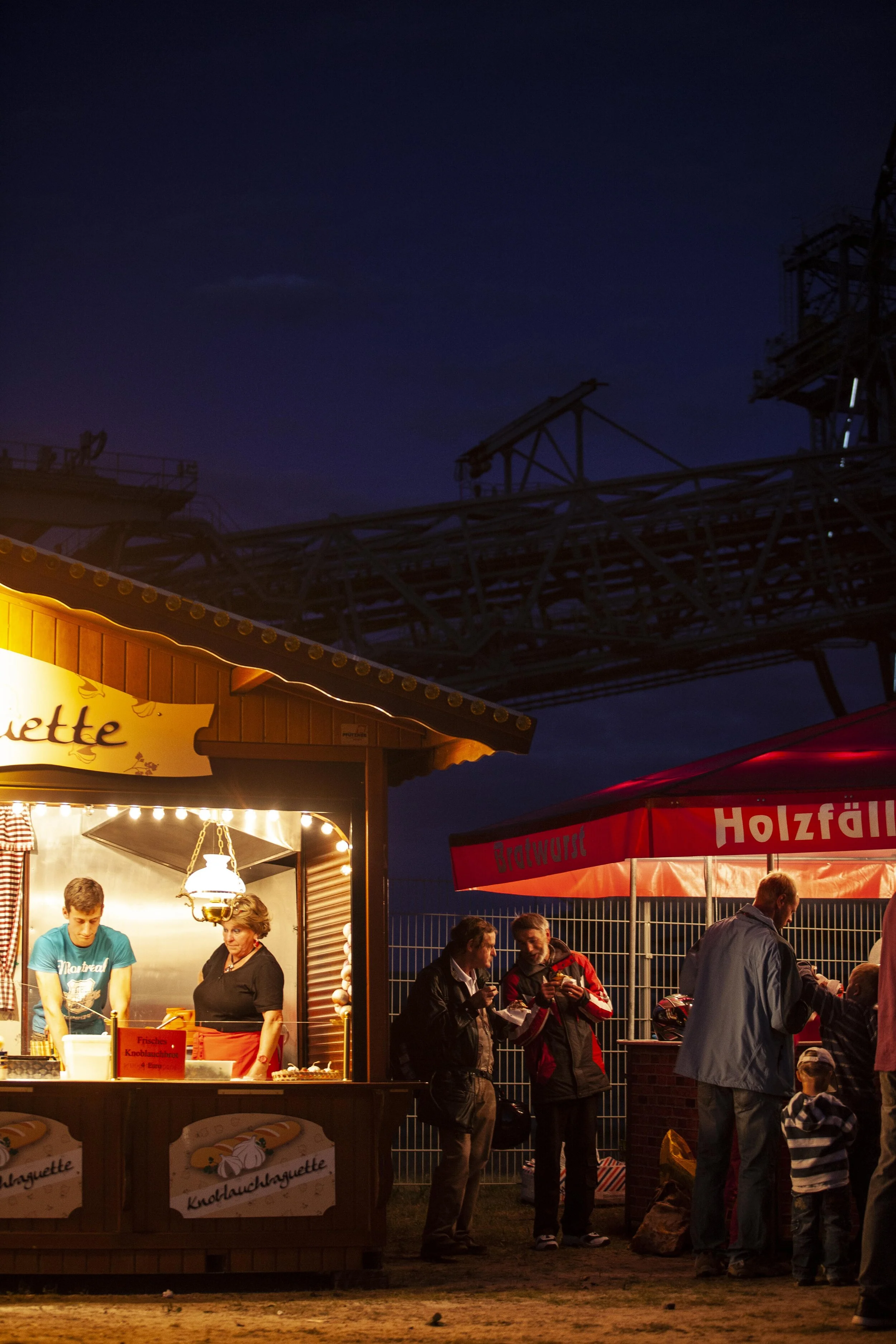
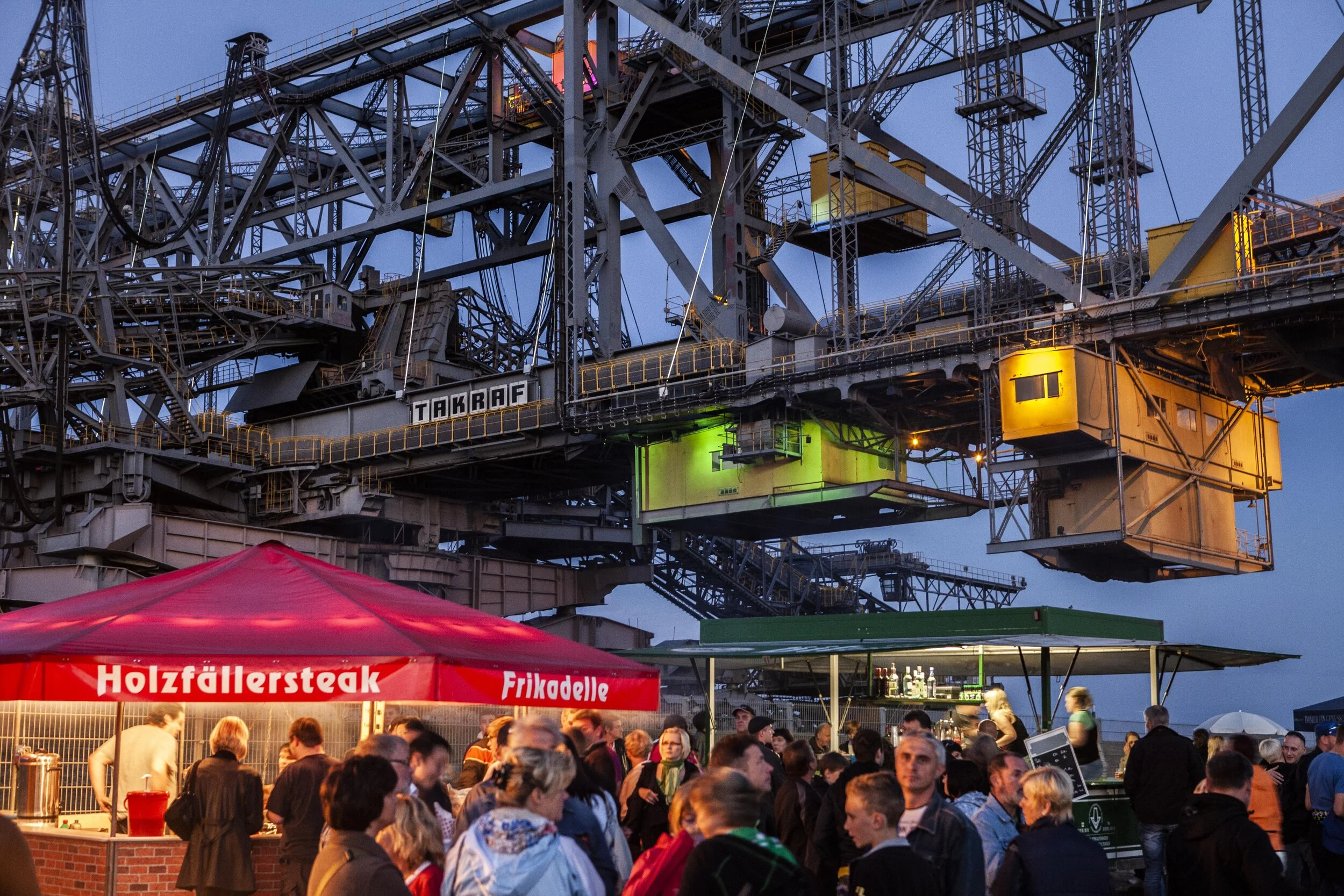
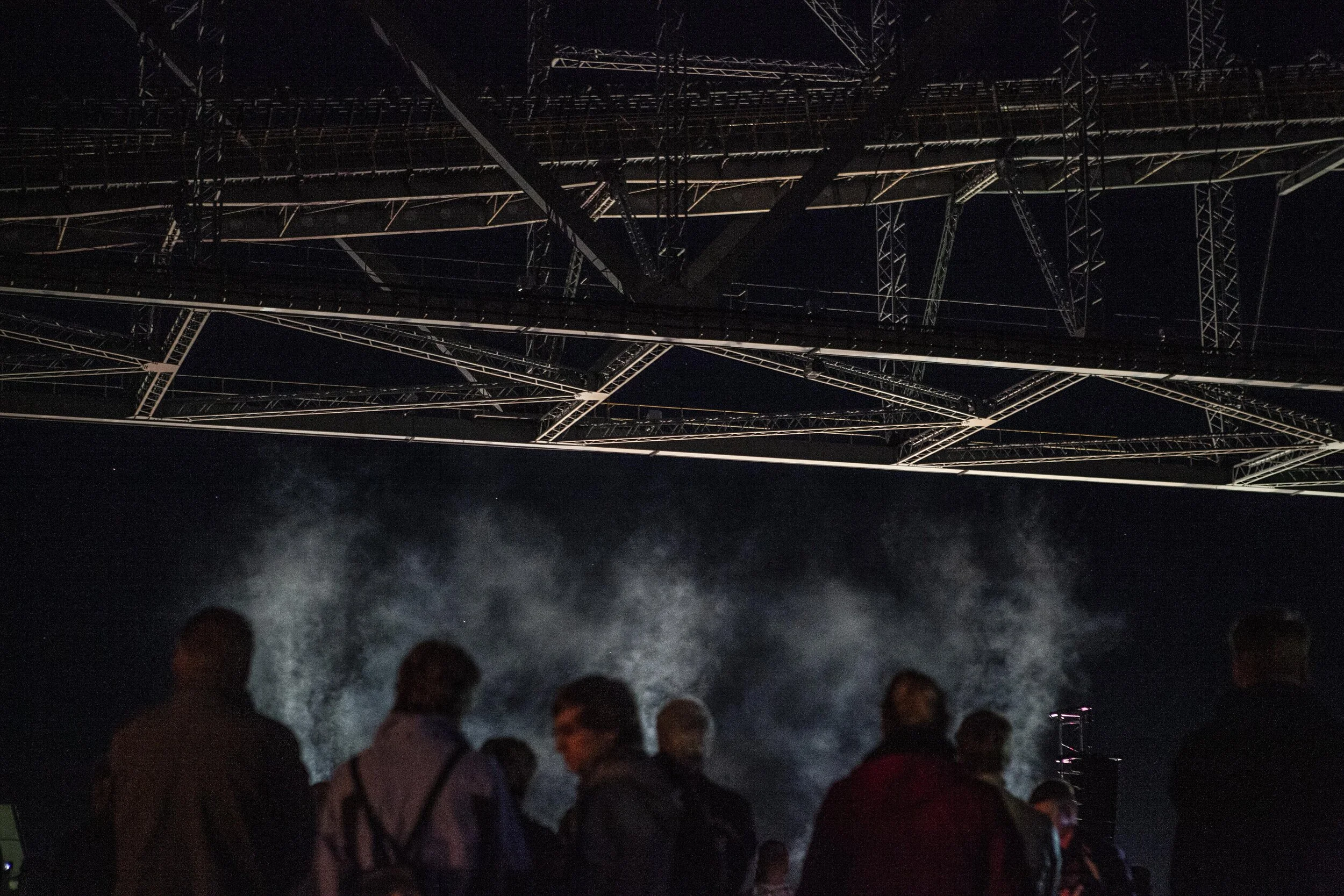

F60 BESUCHERBERGWERK
A recurring theme in the Lausitz project involved the contradictory forces of civic atrophy and commercial development. As older generations expressed dismay at the decrease in population, economic / vocational opportunity and civic engagement, their doubt in the large scale development and industrial tourism initiatives grew. Each year a fireworks performance was brought to the now defunct F60 bucket-wheel excavator and conveyer system in Lichterfeld, Germany. This film considers the role of mining equipment associated with brown-coal mining in the former East German Republic as sites of material memory amid these forces of atrophy and development.
This portion of the Lausitz project was created as a music video in collaboration with composer Max Richter’s 2005 track Vladimir’s Blues from the groundbreaking protest album, The Blue Notebooks.
PROSCHIM
In 2014 the Swedish mining corporation operating the nearby Welzow Süd brown coal (lignite) mine announced the nearby village of Proschim would be absorbed, similiar to the former nearby village of Haidemühle, into the strip mine, with its 810 residents being resettled. The Sorbian village was first mentioned in writing in 1527.
Inpsired by the typologies of German photographers Bernd and Hilla Becher and the New Topographies movement I documented the main doors of Proschim’s 40 central structures.






















